Chapter 8 Emerging Markets, Base of the Pyramid, and Poverty Alleviation
8.1 The Pyramid of Markets
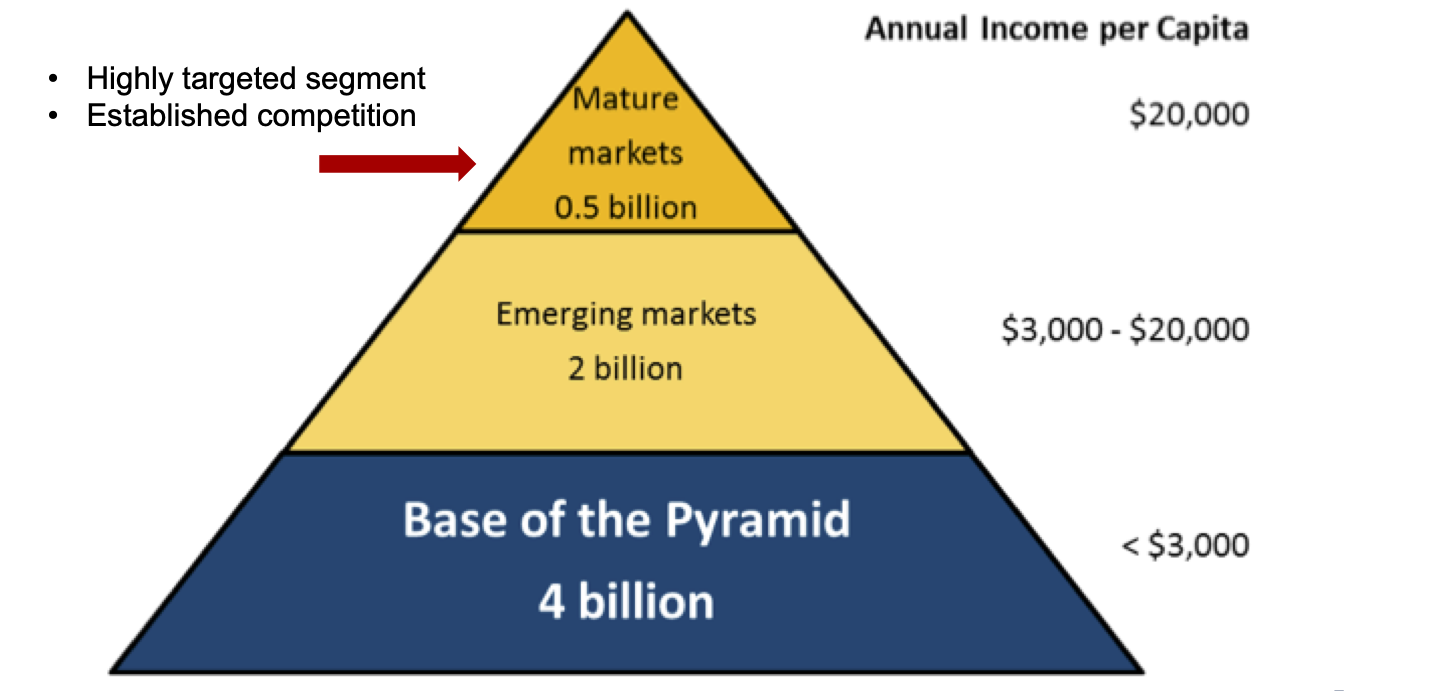
8.1.1 GDP (current US$)
8.1.2 GDP per capita growth (annual %)
8.1.3 GDP Growth by Country (annual % - 2010-2014)
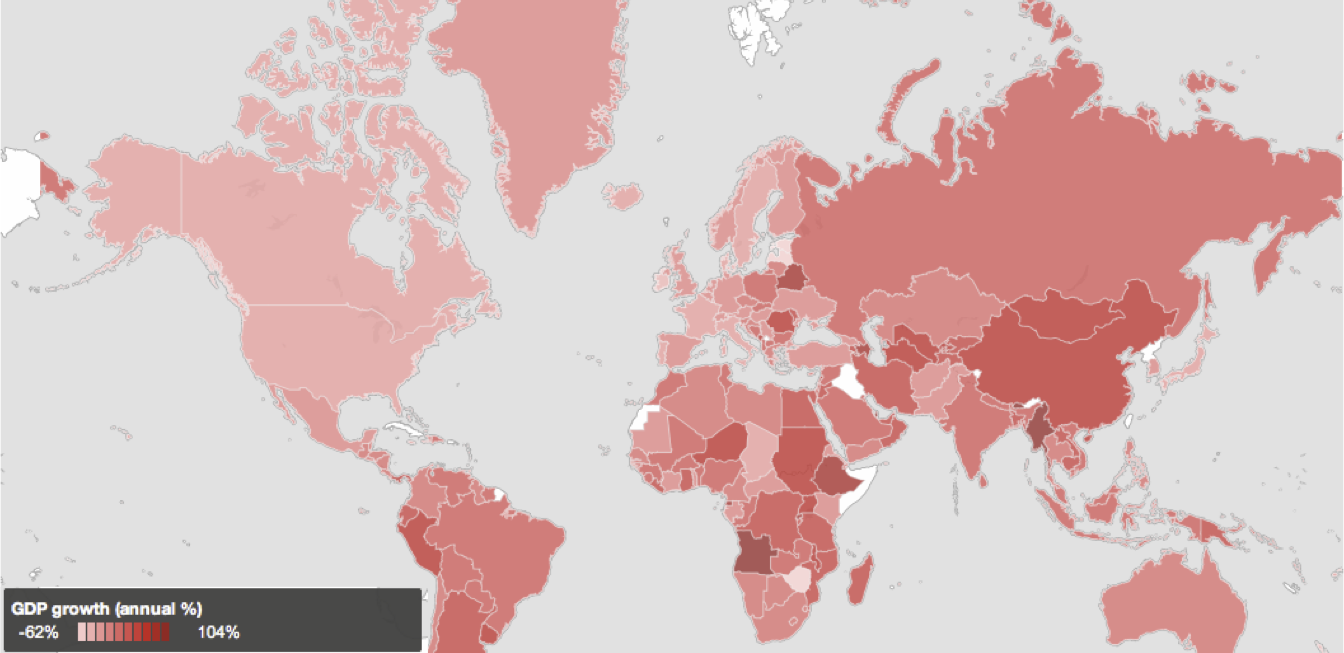
8.1.4 GDP Growth by Country (annual % - 2015)
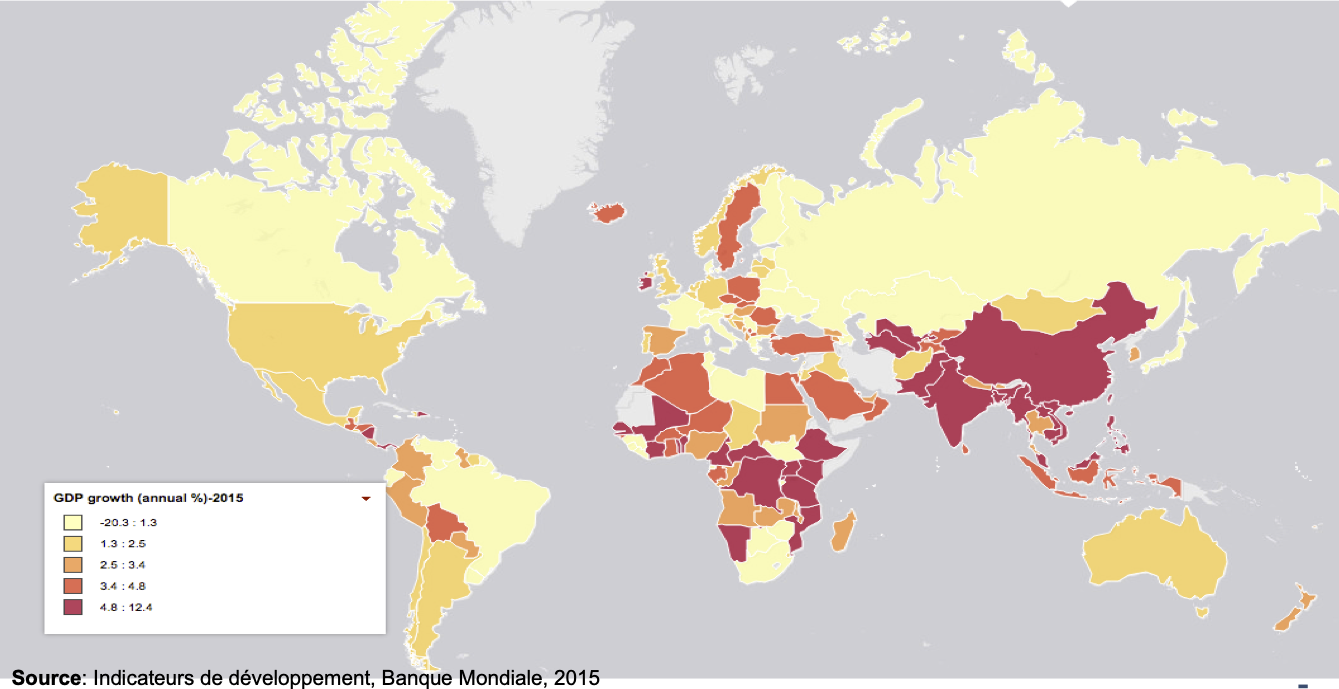
8.1.5 Population Growth by Country (annual % - 2010-2014)

8.1.6 Population Growth by Country (annual % - 2015)
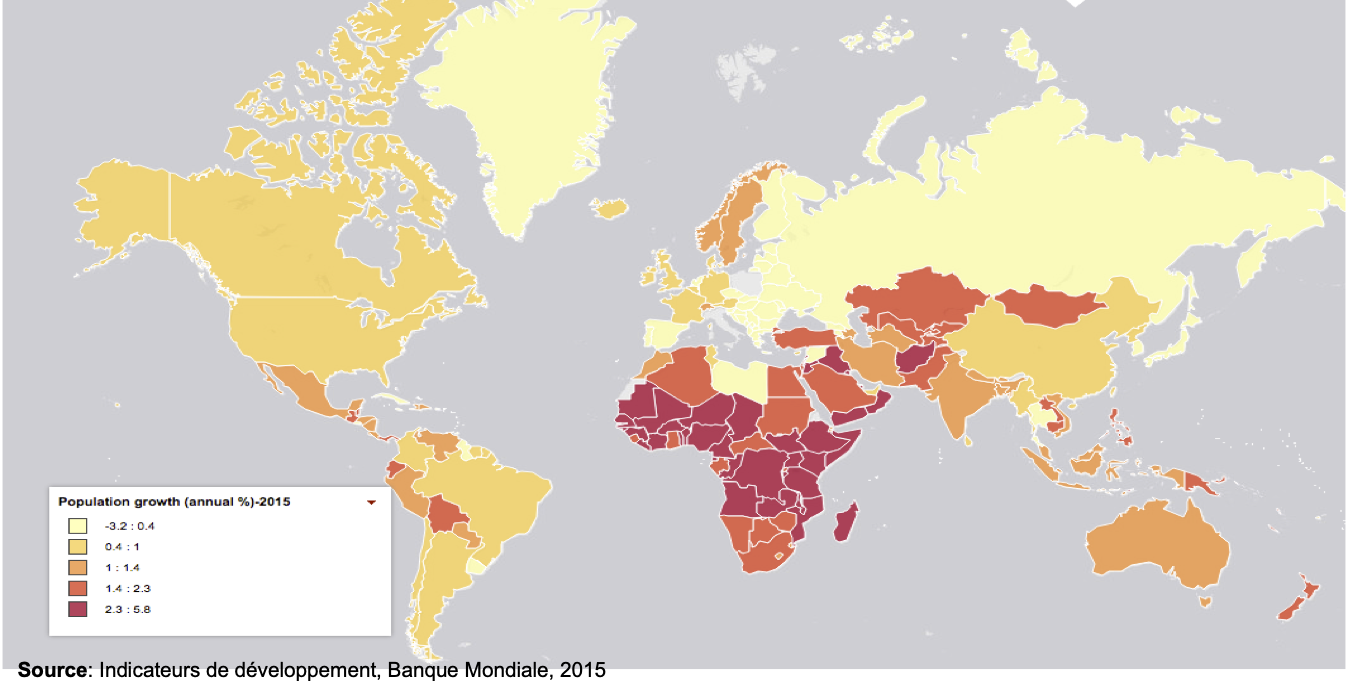
8.2 Emerging Markets
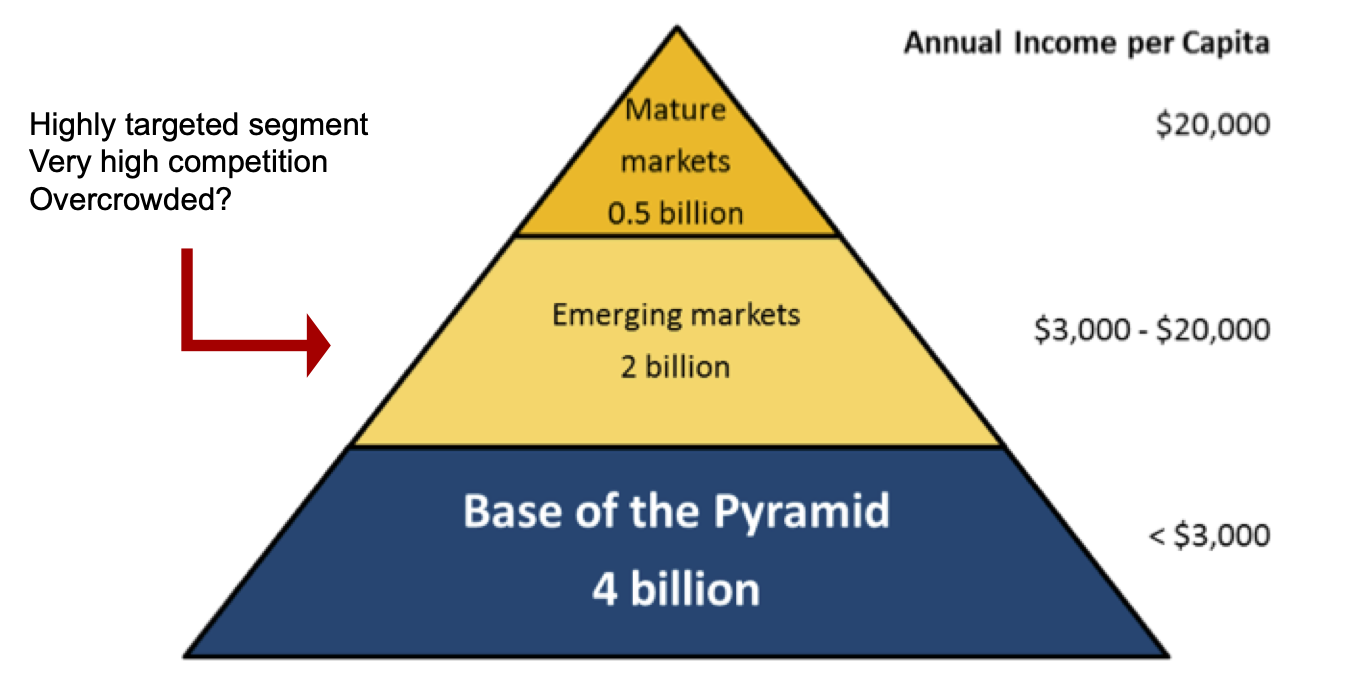
8.2.1 GDP per Capita (growth %), BRICS
8.2.2 China: Still “Emergent”?
Strong growth of the middle class
They want computers, specialized consumer goods, and quality products.
Between 2009 and 2013, the market for luxury products grew at a rate between 16 and 20% per year.(Source)
8.2.3 Different Generations, Different Habits
The second generation (consumers between 16 and 25 year-old) tend to adopt consuming habits closer to North- Americans and Europeans.
8.2.4 Differences Across China
Growth of the middle class is moving across China.
8.3 Challenges in Emerging Markets
8.3.1 Infant Mortality Rate in 2019 (per 1,000 births)
8.3.2 Current health expenditure (% of GDP) in 2017
8.3.3 Youth (15-24 year-old) Unemployment Rate (%) 2020
8.4 Base of the Pyramid Markets
8.5 Challenges at the Base of the Pyramid
8.5.1 The Millennium Development Goals
8.5.2 Where are we ?
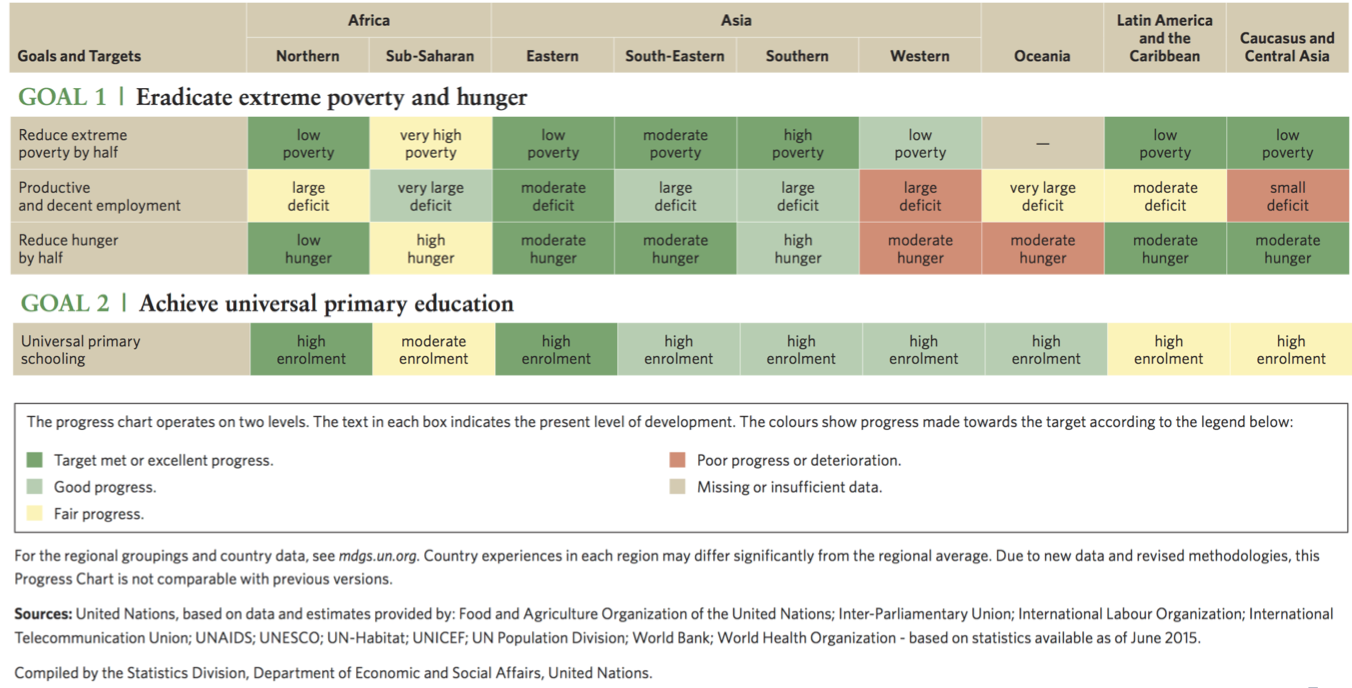
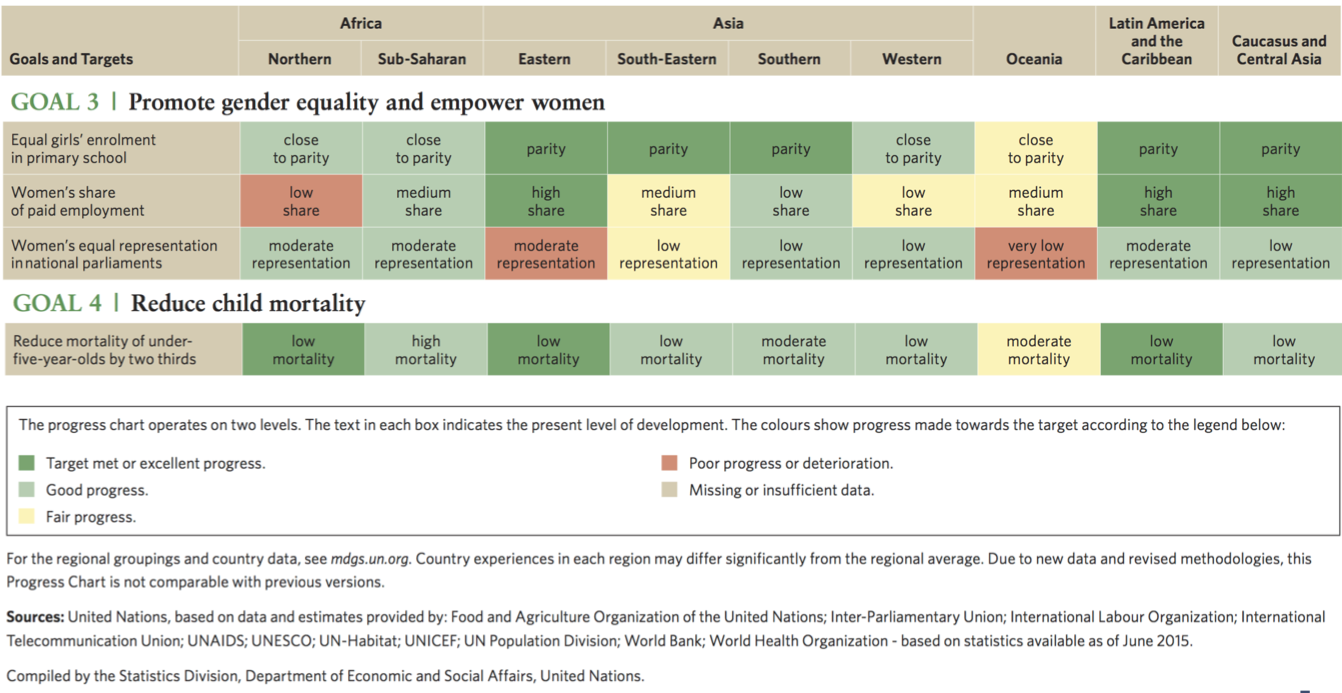
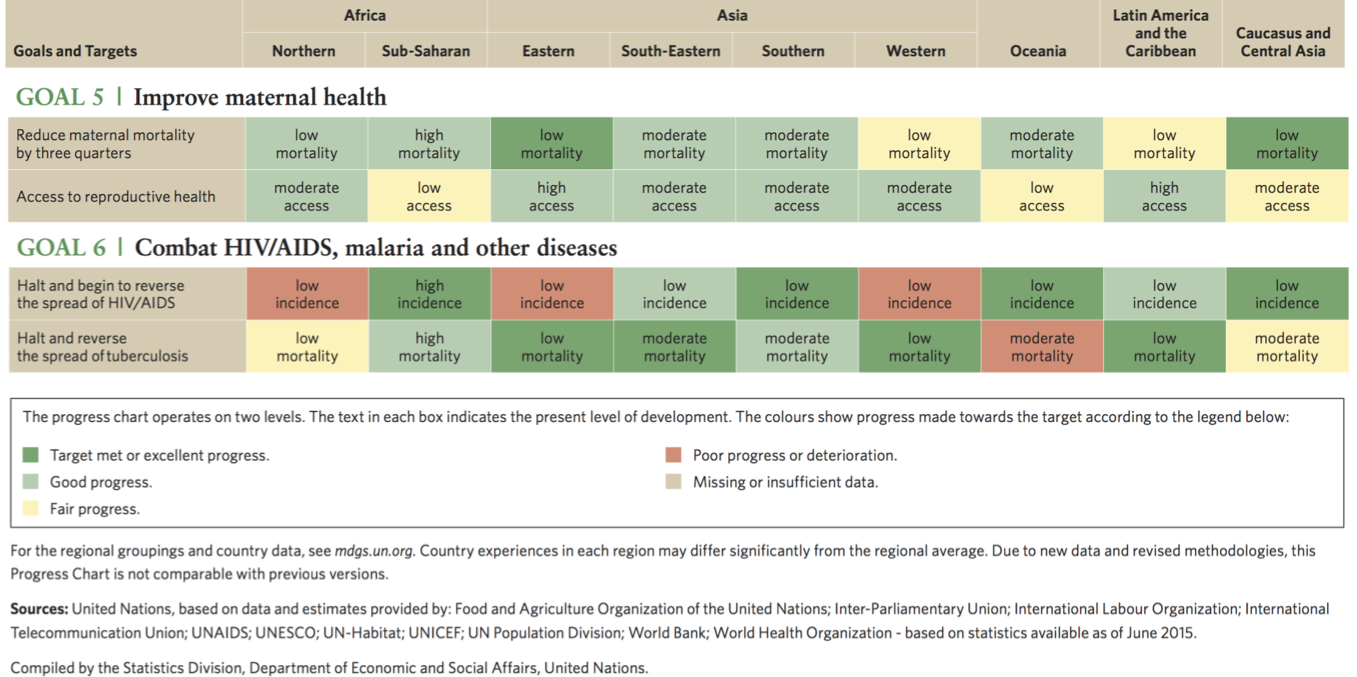
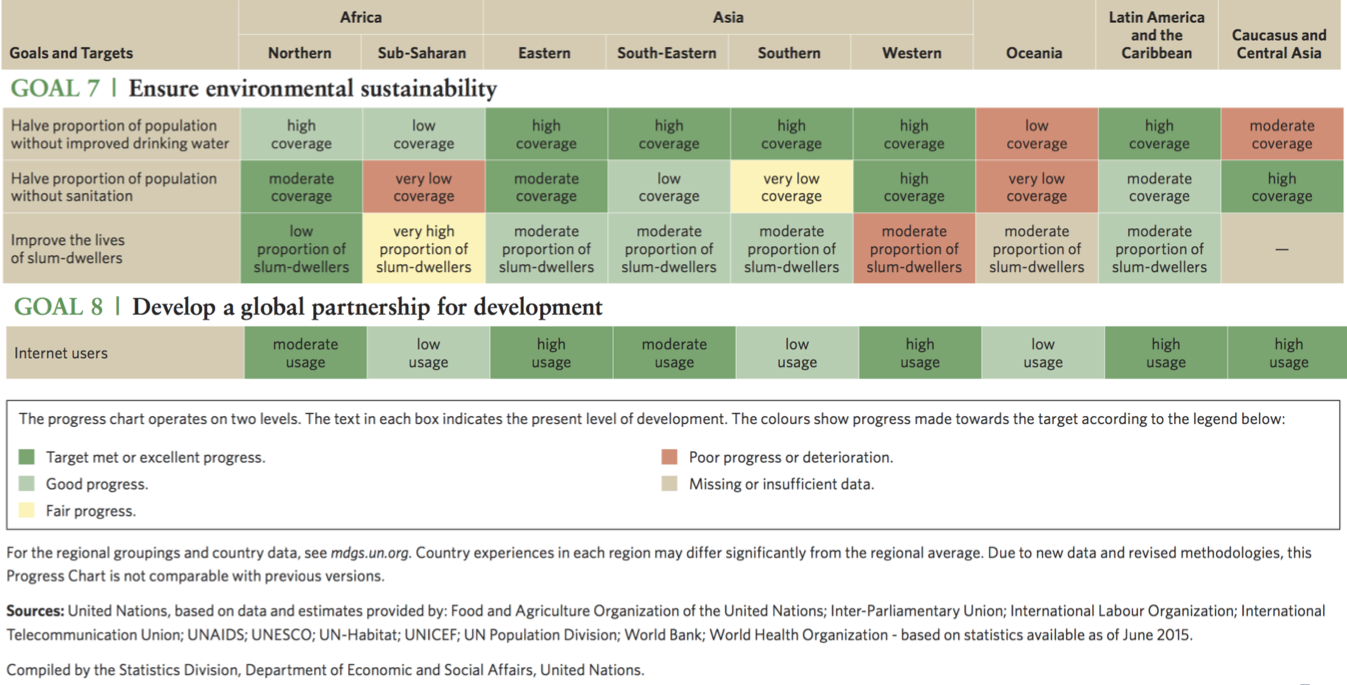
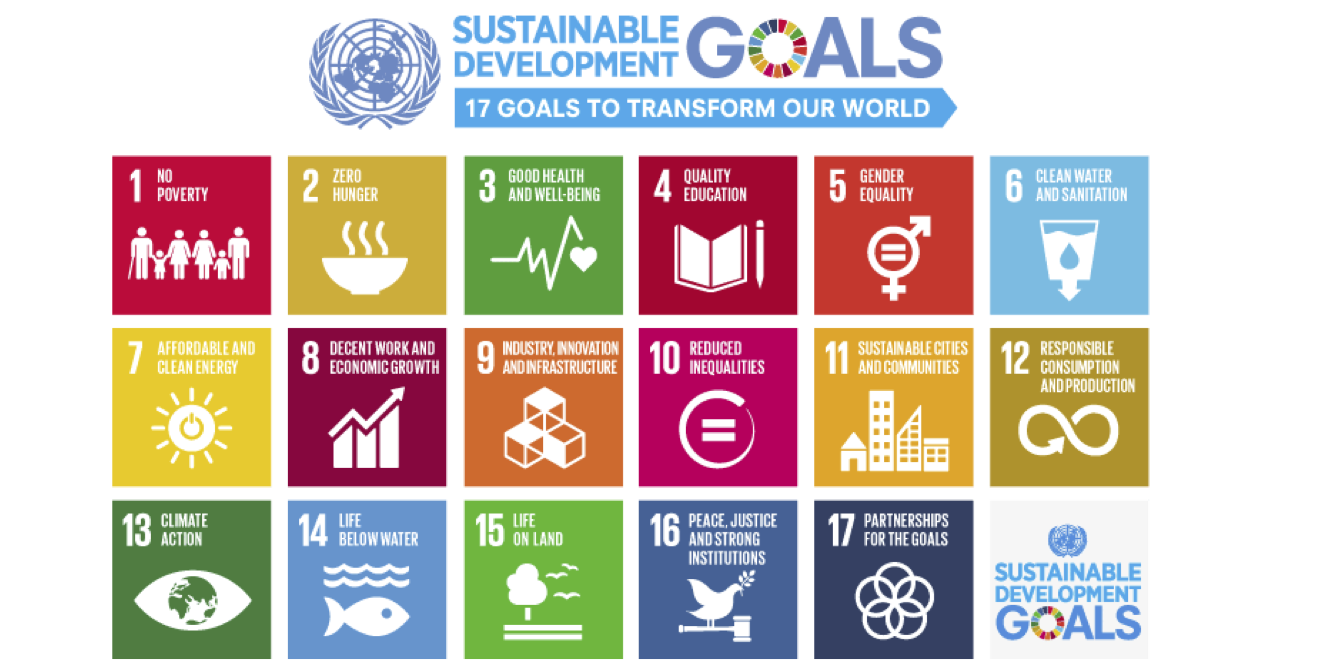
8.5.3 The Space of NGOs, World Bank, and United Nations
8.5.4 Challenges and Opportunities in Emerging Markets

8.5.5 Different Types of Channels for FDIs and Growth

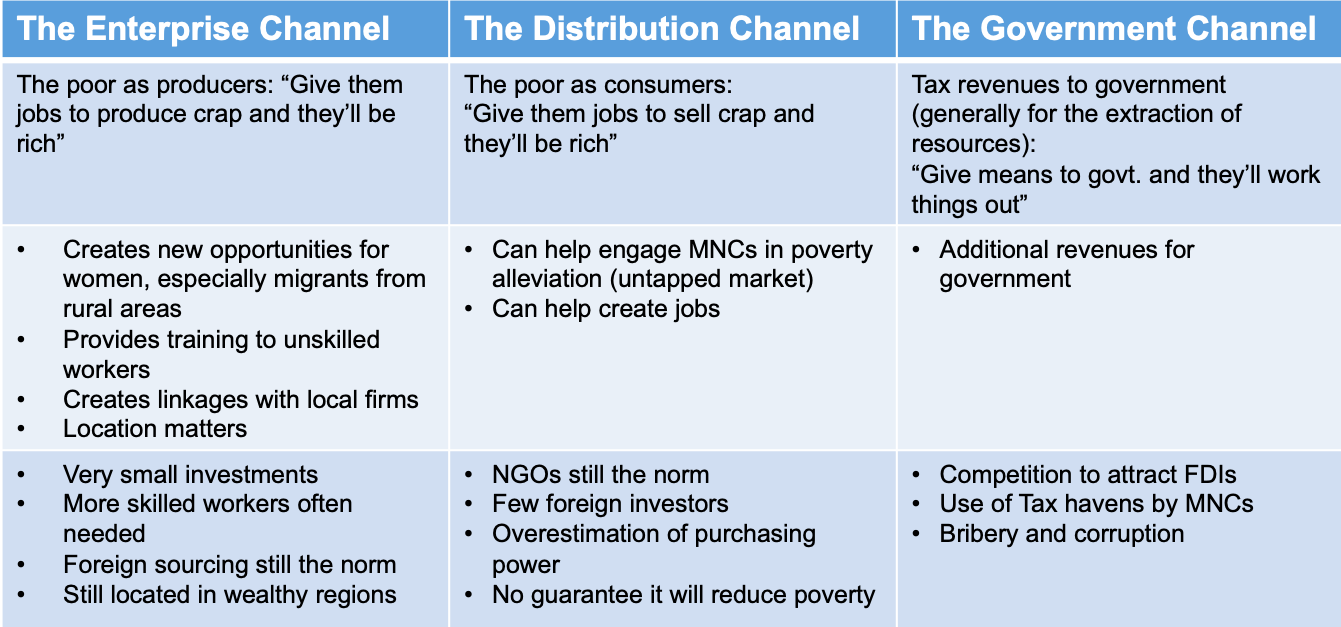
8.5.6 Foreign direct investment, net inflows (BoP, current US$) by Geographic Regions
8.5.7 Foreign direct investment, net outflows (BoP, current US$) by Geographic Regions
8.5.8 The Government Channel: Creative Solutions

8.5.9 The Enterprise Channel: A Cautionary Tale

8.5.10 The Distribution Channel: A Success Story?
